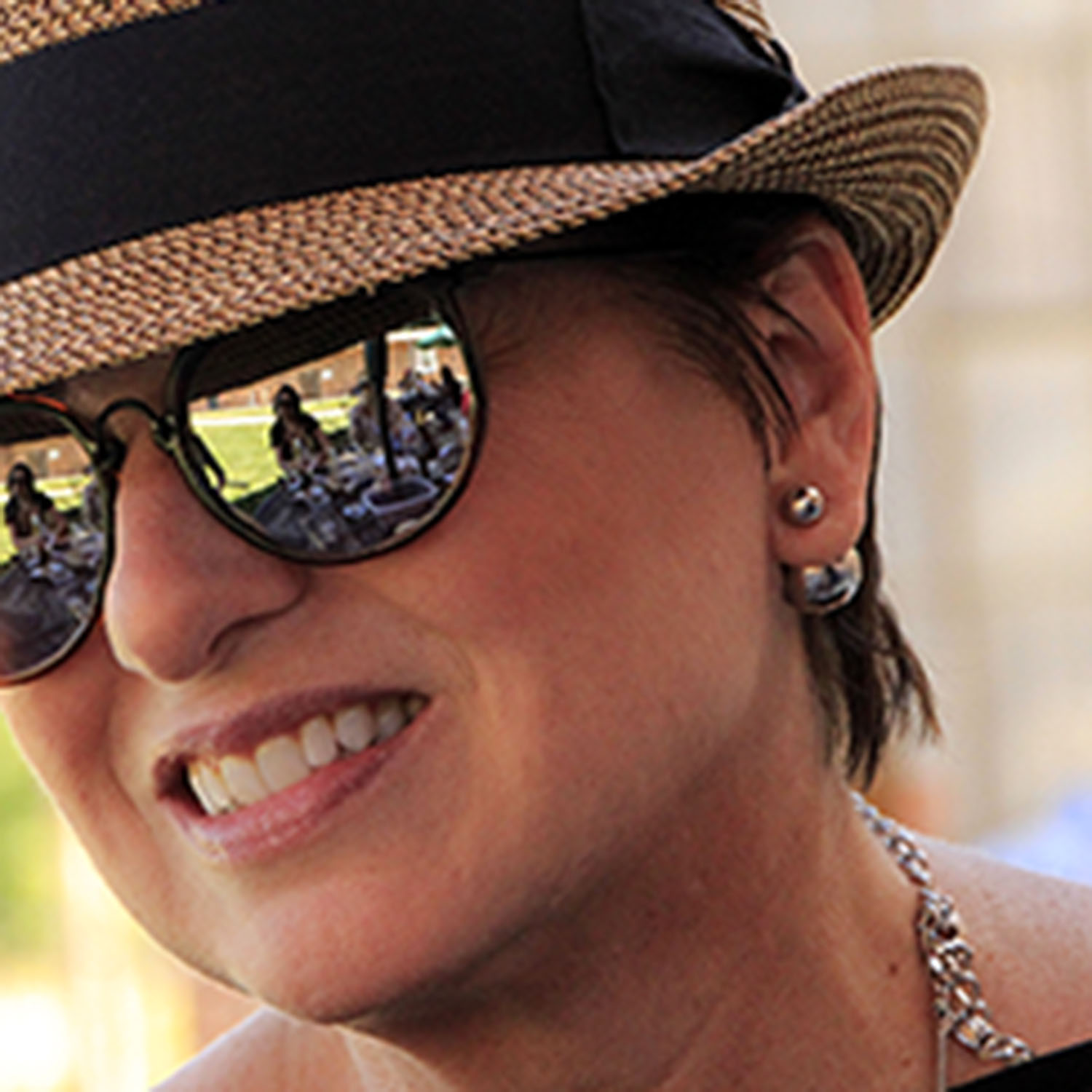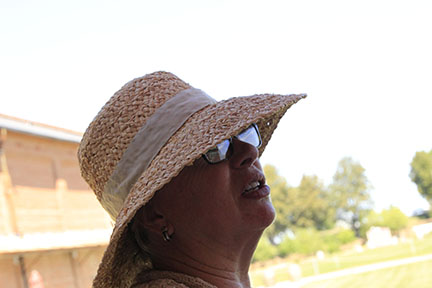 Here at number 3 of 3. After we’ve talked about listening and learning in #1, and editing, cropping and revisiting in #2, we come to #3 which all about critiquing your own work when it comes to selecting images to enter into contests.
Here at number 3 of 3. After we’ve talked about listening and learning in #1, and editing, cropping and revisiting in #2, we come to #3 which all about critiquing your own work when it comes to selecting images to enter into contests.
Let’s imagine you’ve decided to enter a photography contest and you found one with the theme of ‘People.’ You have lots of photos of relatives, kids, holiday gatherings, and vacations. The entry instructions say that with one entry fee, you can submit up to five photographs.
Do you submit the four you think are really good or dig around to find another image that also meets the criteria? There are two schools of thought here. If the four share a common bond of style, that indicates to the judge that you are working with intention.
If the four you selected are diverse in style, adding another diverse photo gives you the extra opportunity to throw your hat into the ring. There are endless reasons why a judge selects one photo over another and you simply can’t successfully second guess their reasons. What you can do is scrutinize your photos as if you were a judge and look for reasons they might not be selected.
As in the rules of the critique group, we’re not talking about complicated camera settings, fancy lenses, and archival printing; we’re looking at the captured image and the intention of the photographer.
Why are we overlooking all of those important technical issues that professional photographers love to chatter about… because sometimes, not always, but sometimes, a photographer captures an image that is so memorable that minor technical flaws are excused for the overall power of the image.
Five easy-to-spot problems with a photo
 1) Is there a dominant horizontal or vertical line in the image? Is it square with the frame of the photo?
1) Is there a dominant horizontal or vertical line in the image? Is it square with the frame of the photo?
2) Look all the way around the edge of the photo. See anything odd like a cut off hand or a light or dark area that wasn’t obvious before you cropped the photo? Is the oddity a problem or intentional?
3) Red eyes should go without saying, but how about reflections? Do they add or detract from the image?
4) Is part of the image in too much light or shadow? Can you crop it out without losing the impact of the image?
5) Is there something distracting in the image? Examples: A garbage container in the family reunion picnic photo, a bottle of beer at the children’s table, one leg hidden behind the other, palm trees growing out of heads or floating heads (people dressed in black standing against a black backdrop).
Once you remove yourself from being the photographer and start looking through the eyes of a judge, you’ll begin to recognize obvious flaws in your photos. The more you notice, the better you’ll get at weeding out the less desirable shots (including your favorite) and honing in on your best images.
Now, forge ahead with determination!
